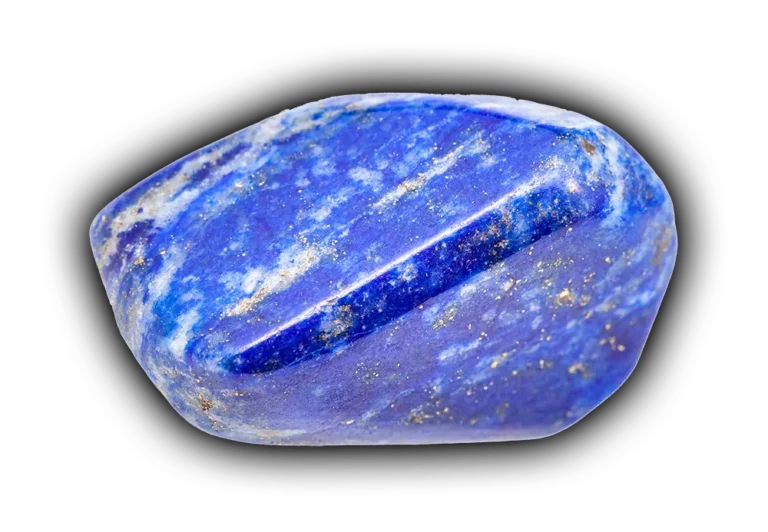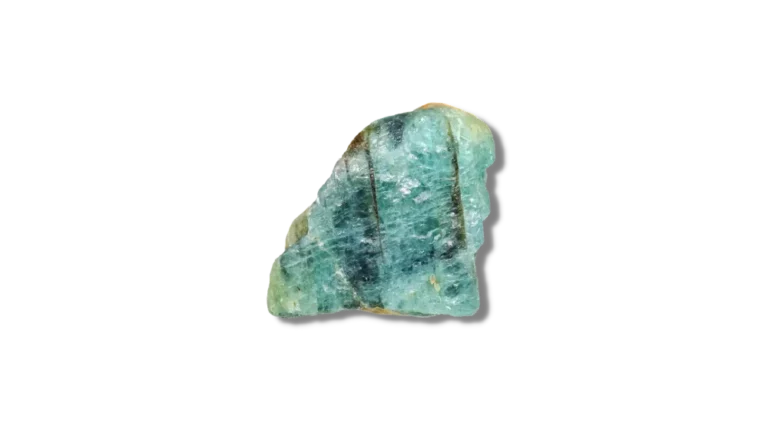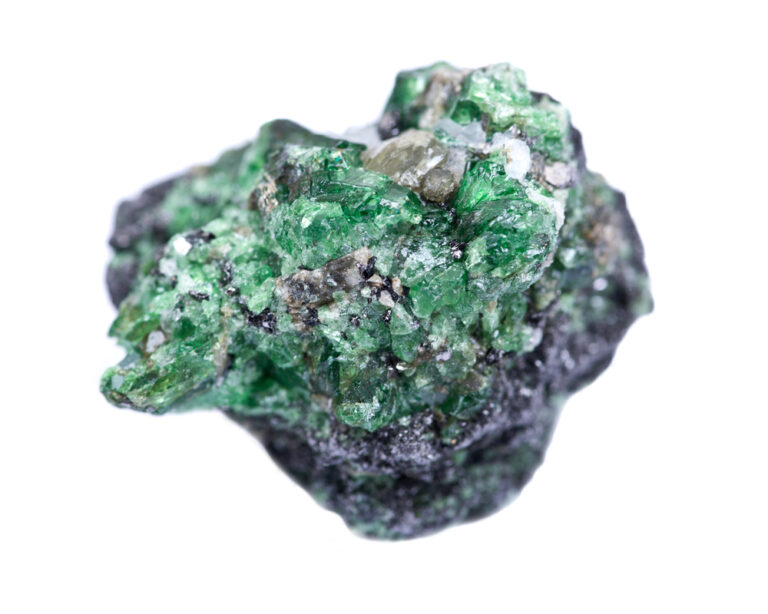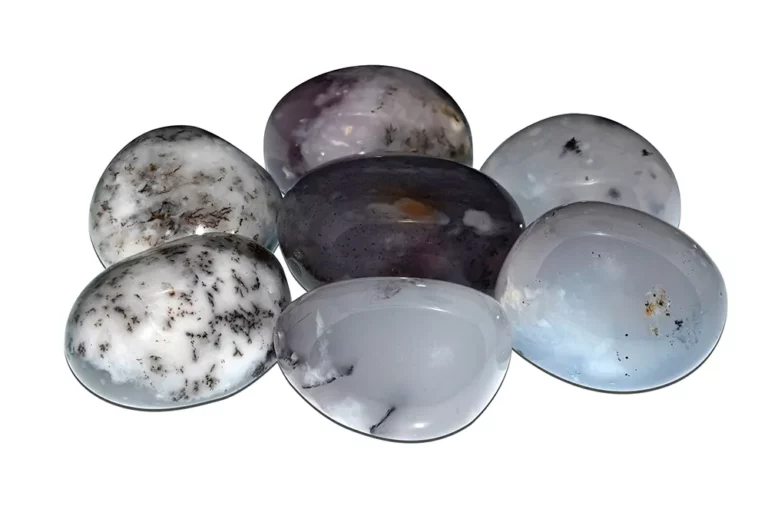The Hope Diamond: A Gem of History, Science, and Superstition
The tale of the Hope Diamond begins in the mid-17th century, nestled within the fertile lands of Golconda, India. Golconda, renowned for its legendary mines, was the primary source of the world’s most illustrious diamonds, including the Hope Diamond. The Kollur Mine, in particular, is often cited as the likely birthplace of this fabled gem. The mine’s output of high-quality gems established Golconda as synonymous with the finest diamonds, and they were eagerly sought by monarchs and nobility across continents.
In This Article
The 45.52 Carats Splendor: Unveiling the Hope Diamond
The Hope Diamond was not always the 45.52-carat gem we know today. When French gem merchant Jean-Baptiste Tavernier encountered the diamond, it was a 112 3/16-carat rough, described as a vibrant, “beautiful violet” diamond. Tavernier purchased the rough diamond, likely during one of his six voyages to India between 1640 and 1667. Unknown to him at the time, this radiant gem, which he named the “Tavernier Blue,” would later be transformed into the world-famous Hope Diamond.
Role of Boron in Diamonds: The Hope Diamond’s Unique Blue Hue

The Hope Diamond’s most striking feature is its deep-blue color, a rarity among diamonds. This exceptional hue is due to trace amounts of the element boron within the crystal lattice structure of the diamond. Diamonds typically consist of carbon atoms, but when boron atoms get incorporated into the structure during diamond formation, they imbue the gem with a blue hue. The concentration of boron and the presence of certain defects in the lattice can significantly influence the shade of blue. The Hope Diamond, with its captivating and intense steely-blue color, is a stunning example of a blue boron-containing diamond.
The Journey of The Hope Diamond: From Tavernier to the Smithsonian
Tavernier Blue: The Hope Diamond’s First Known Identity
The Hope Diamond’s journey begins as the Tavernier Blue, aptly named after French merchant Jean-Baptiste Tavernier, who purchased the gem in India. The details of how Tavernier came to possess the gem remain a mystery. Nevertheless, he sold it to King Louis XIV of France in 1668, where the gemstone would be recut into the dazzling 67.125-carat “Blue Diamond of the Crown”.
The French Blue: Royal Ownership and Transformation
King Louis XIV assigned his court jeweler, Sieur Pitau, to recut the diamond in 1673 to enhance its brilliance, thus transforming it into the “French Blue”. It remained with the French royalty until 1792, when it disappeared amidst the upheaval of the French Revolution. The diamond remained lost until a smaller, but familiar, blue diamond resurfaced in London two decades later.
Theft, Recutting, and the Birth of the Hope Diamond
In 1812, a deep blue diamond believed to be the recut French Blue emerged in London. It is widely speculated that the diamond was recut to disguise its identity following its theft in 1792. This diamond, weighing 45.52 carats, became known as the Hope Diamond, after its new owner, the London banking family, the Hopes.
The Cursed Diamond? Superstition and Mystique Surrounding the Hope Diamond

Over time, tales of misfortune that befell those who possessed the Hope Diamond gave rise to rumors of a curse. Stories ranged from financial ruin to untimely deaths. These tales, though often unfounded, significantly enhanced the diamond’s allure and mystique, attracting the attention of both gem enthusiasts and the general public alike.
The Hope Diamond Through The Ages: Notable Owners and Their Stories
King Louis XIV & The French Blue: A Symbol of Royal Opulence
After purchasing the Tavernier Blue, King Louis XIV of France had it recut into a heart-shaped gem known as the “Blue Diamond of the Crown” or the “French Blue.” This magnificent gem was set in several pieces of royal jewelry and worn by the king on ceremonial occasions. The French Blue served not only as a symbol of royal power, but also as a testament to the exquisite taste and opulence of the French monarchy.
The Hope Family: The Diamond’s Namesake and Legacy
The Hope Diamond gets its name from the prominent British banking family, the Hopes. Henry Philip Hope acquired the diamond in the early 19th century. The gem, now known as the Hope Diamond, was passed down through the Hope family line. Despite the family’s eventual financial troubles, the Hope Diamond remained in their possession until it was sold to help clear debts in 1901.
Evalyn Walsh McLean: Unshaken by the Curse
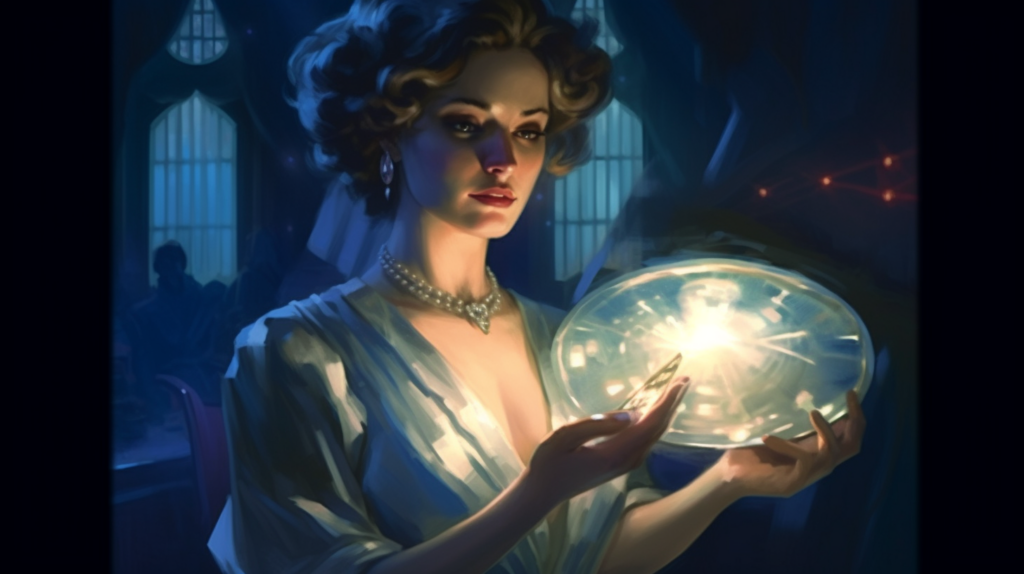
Evalyn Walsh McLean, a mining heiress from the United States, purchased the Hope Diamond in 1911. McLean was known for wearing the diamond at lavish parties and social occasions. Unswayed by the alleged curse of the Hope Diamond, McLean often allowed her house guests to wear the famed stone. She was the last private owner of the Hope Diamond.
Harry Winston: The Philanthropic Gem Merchant
Harry Winston, a jeweler and gem dealer from New York, purchased the Hope Diamond from the estate of Evalyn Walsh McLean in 1949. Winston included the Hope Diamond in his “Court of Jewels,” a touring collection showcasing gems from around the world. In an act of extraordinary generosity, Winston donated the Hope Diamond to the Smithsonian Institution in 1958, solidifying its place in history and ensuring it could be admired by future generations.
The Smithsonian National Museum of Natural History: Current Home of the Hope Diamond
The Donation of the Hope Diamond to the Smithsonian
In 1958, New York jeweler Harry Winston made the magnanimous decision to donate the Hope Diamond to the Smithsonian Institution. Winston’s donation was mailed to the Smithsonian via registered post, a humble delivery method for such a significant gem. This grand gesture marked a new chapter in the diamond’s journey, moving it from private collections to public display.
The Hope Diamond Exhibition: A Magnet for Visitors

Today, the Hope Diamond is housed in the Smithsonian National Museum of Natural History in Washington, D.C., where it is exhibited in the Harry Winston Gallery. This mesmerizing diamond, renowned for its size, historic value, and fabled curse, draws millions of visitors each year. The exhibition offers visitors an opportunity to marvel at the diamond’s unique hue and learn about its remarkable history.
Preserving the Hope Diamond: A Testament to Cultural Heritage
The Smithsonian Institution, as the custodian of the Hope Diamond, is entrusted with its preservation. They conduct ongoing research on its physical and chemical properties and its geological history. With its rich narrative interwoven with history, culture, and science, the Hope Diamond is more than just a gem – it is a testament to our shared cultural heritage and a symbol of the Earth’s deep geological past.
Examining the Hope Diamond’s Physical Properties & Scientific Significance
The Beauty of the Hope Diamond: Size, Shape, and Color
The Hope Diamond’s aesthetic allure lies in its size, shape, and color. Weighing in at 45.52 carats, it is one of the largest blue diamonds in the world. The diamond is cushion-cut, a popular style in the 19th century, and boasts a rare, deep-blue hue, thanks to trace amounts of boron. These attributes contribute to the Hope Diamond’s unrivaled beauty.
Brilliance and Phosphorescence: The Red Glow Mystery
One of the most intriguing aspects of the Hope Diamond is its red phosphorescence. When exposed to ultraviolet light, the diamond emits a captivating red glow. This phosphorescent property, which lasts for several seconds after the diamond is exposed to ultraviolet light, adds to the gem’s mystery and allure.
Classification of the Hope Diamond: Understanding Type IIb Diamonds
The Hope Diamond belongs to a rare subgroup of diamonds known as Type IIb. These diamonds are semi-conductive and contain trace amounts of boron, giving them a blue or grey color. Because of their rarity—making up less than 0.1% of natural diamonds—Type IIb diamonds are highly prized by collectors and gemologists.
Clarity and Cut: Craftsmanship Meets Nature’s Artistry
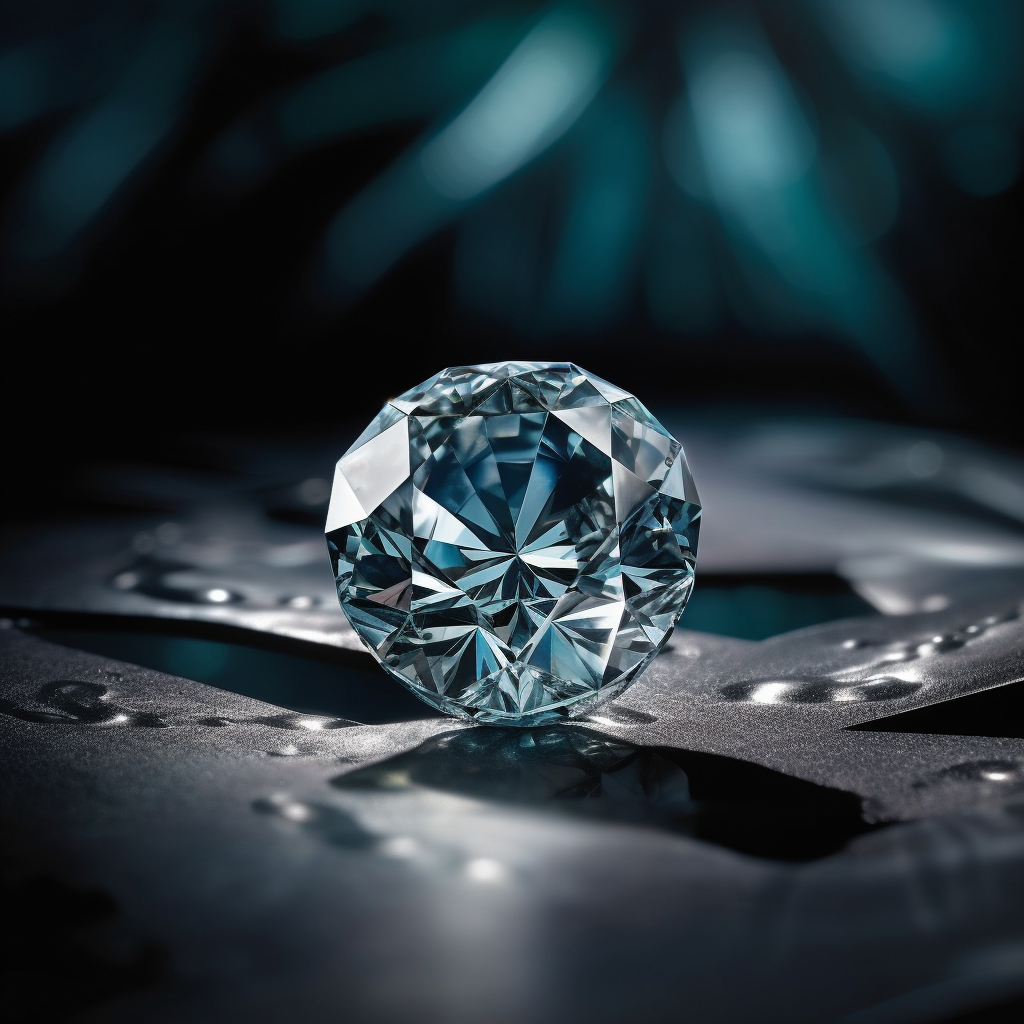
The Hope Diamond’s VS1 clarity grade signifies a very slight inclusion, which is not visible to the naked eye, attesting to the diamond’s high quality. Its antique cushion cut, characterized by large facets and rounded corners, enhances its brilliance and showcases the masterful craftsmanship of its cutters. Together, the clarity and cut of the Hope Diamond underscore its status as a gem of exceptional quality.
The Geological Formation of The Hope Diamond: A Billion-Year Story
Carbon, Pressure, Time: The Birth of a Diamond
Diamonds, including the Hope Diamond, begin their journey deep within the Earth’s mantle, over a billion years ago. Carbon atoms subjected to incredibly high pressures and temperatures crystallize to form these beautiful gemstones. Eventually, they make their way to the surface through volcanic eruptions, encased in a type of igneous rock known as kimberlite.
Boron in the Hope Diamond: A Trace Element’s Big Impact
The Hope Diamond owes its unique blue hue to boron, a trace element incorporated into the diamond’s crystal structure. Boron atoms replace some of the carbon atoms in the crystal lattice, imparting a blue color to the otherwise colorless carbon crystal. The presence of boron suggests that the diamond formed in a part of the Earth’s mantle that was rich in this element, a unique geological condition that contributes to the rarity of blue diamonds.
The Hope Diamond: A Window into Earth’s Deep History
The Hope Diamond serves as a tangible link to our planet’s deep history. Its formation story, the journey from the mantle to the surface, and the presence of boron all provide valuable clues about the Earth’s geology billions of years ago. By studying diamonds like the Hope Diamond, scientists can gain insights into the geological, physical, and chemical processes that have shaped our planet over billions of years.
The Hope Diamond in Scientific Research: Contributions to Gemology
The Hope Diamond: A Rare Scientific Specimen
The unique properties of the Hope Diamond make it an invaluable scientific specimen. Its rare blue color, caused by boron, and its phosphorescent properties provide a wealth of information for gemologists, mineralogists, and geologists. These attributes, combined with its history and prominent status, make the Hope Diamond a unique object of study.
Research and Discoveries: Unraveling the Secrets of the Hope Diamond
Over the years, the Hope Diamond has been the subject of numerous scientific investigations, helping to unravel its many secrets. Its phosphorescent properties have been intensively studied, with researchers even discovering that different sides of the diamond emit different colors of phosphorescence. Studies have also shed light on the diamond’s geological provenance and its journey from the deep Earth to its current home at the Smithsonian.
The Hope Diamond: A Benchmark in Diamond Verification
The Hope Diamond serves as a benchmark in the field of gemology, especially in diamond verification. Its unique combination of characteristics, including its color, size, phosphorescence, and history, make it easily identifiable. The Hope Diamond’s widely documented and extensively studied properties have set a standard for the identification and verification of other blue diamonds, contributing to the development of advanced gemological techniques.
The Hope Diamond: The World’s Most Famous Diamond
The Hope Diamond’s Value: An Inestimable Gem
The value of the Hope Diamond is inestimable due to its unique characteristics and historic significance. While it is not the largest diamond ever discovered, its rare blue hue, intricate history, and the aura of mystery that surrounds it make it a priceless gem in human culture and history.
The Symbolism and Cultural Impact of the Hope Diamond
The Hope Diamond stands as a symbol of luxury, glamour, and mystery. Its ownership by French royalty and wealthy American socialites, its alleged curse, and its public display at the Smithsonian have all contributed to its cultural impact. The diamond has captured public imagination, cementing its place in pop culture through numerous books, films, and documentaries.
The Hope Diamond: A Testament to the Allure of Diamonds
The Hope Diamond encapsulates the enduring allure of diamonds. Its stunning beauty, its fascinating history, and the scientific secrets it holds are emblematic of why diamonds have captivated humans for centuries. This gem reminds us of the awe-inspiring processes of nature and the profound ways in which such treasures can resonate with human culture and history.
The Hope Diamond: The Intersection of History, Science, and Mythology
The Hope Diamond stands at the intersection of history, science, and mythology. Its journey from the mines of India to the Smithsonian tells a rich historical tale. The diamond’s physical and chemical properties are subjects of scientific interest. And the tales of misfortune associated with it add an element of mythology. This interplay of factors makes the Hope Diamond a truly unique gemstone in the world.
The Continuing Legacy of the Hope Diamond
The Hope Diamond: More Than Just a Gem
In concluding, the Hope Diamond is far more than just a gem. It’s a testament to nature’s artistic prowess, human craftsmanship, and our fascination with beauty, mystery, and the unknown. As a scientific specimen, it provides insights into the geological processes that have shaped our planet. As an artifact of human history, it offers a rich narrative that weaves together elements of exploration, royalty, wealth, and superstition.
The Unresolved Mysteries of the Hope Diamond
Despite the wealth of knowledge we have about the Hope Diamond, it retains a cloak of mystery. Questions about its original form, the precise details of its theft during the French Revolution, and the true extent of the alleged “curse” remain unresolved. These mysteries contribute to the ongoing intrigue and appeal of the Hope Diamond.
The Hope Diamond: A Gemstone That Continues to Fascinate and Inspire
The Hope Diamond continues to fascinate and inspire millions of visitors at the Smithsonian National Museum of Natural History each year. Its enduring appeal is a testament to its beauty, its intriguing history, and our enduring fascination with precious gems. As we look to the future, the Hope Diamond will no doubt continue to captivate, leaving a lasting legacy as the world’s most famous diamond.
Frequently Asked Questions (FAQs)
Where was the Hope Diamond originally discovered?
The Hope Diamond was discovered in the Kollur Mine in India, a notable source of Golconda Diamonds.
What gives the Hope Diamond its unique blue hue?
The unique blue hue of the Hope Diamond is due to the presence of boron in its composition.
What are some of the superstitions surrounding the Hope Diamond?
There is a rumor that the Hope Diamond is cursed, with various owners meeting tragic ends. However, many of these stories are unsubstantiated and a part of the diamond’s mystique.
Who donated the Hope Diamond to the Smithsonian National Museum of Natural History?
The Hope Diamond was donated to the Smithsonian National Museum of Natural History by Harry Winston, a philanthropic gem merchant.
What scientific significance does the Hope Diamond hold?
The Hope Diamond is a type IIb diamond, a rare classification characterized by exceptional purity. Its unique physical properties and blue hue due to boron also make it a significant subject for scientific study, contributing valuable insights to gemology.



